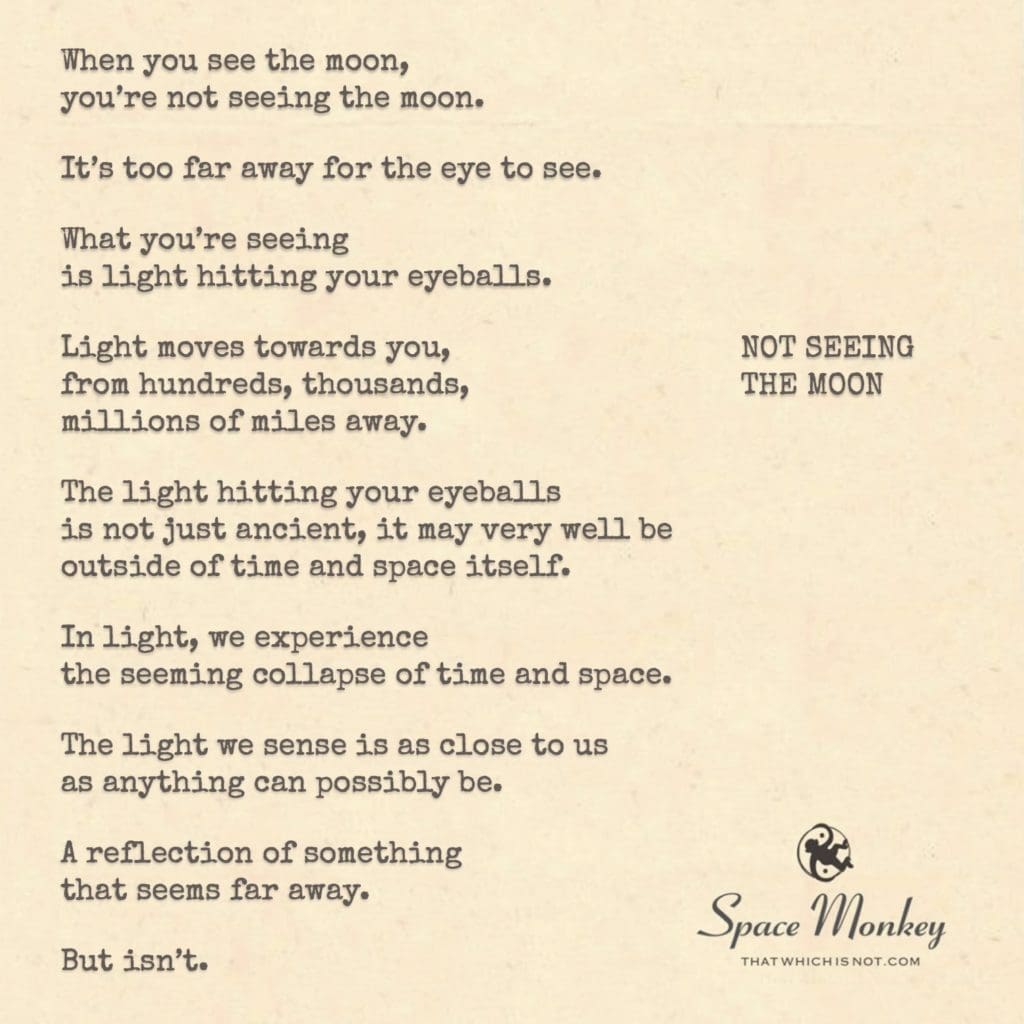
When you see the moon,
you’re not seeing the moon.
It’s too far away for the eye to see.
What you’re seeing
is light hitting your eyeballs.
Light moves towards you,
from hundreds, thousands,
millions of miles away.
The light hitting your eyeballs
is not just ancient, it may very well be
outside of time and space itself.
In light, we experience
the seeming collapse of time and space.
The light we sense is as close to us
as anything can possibly be.
A reflection of something
that seems far away.
But isn’t.
Trail Wood,
12/10
Space Monkey Reflects: The Illusion of Seeing the Moon
When we gaze upon the moon, serenely suspended in the night sky, we often forget that we are not actually seeing the moon itself. This orb that lights up our nights is, in reality, a magnificent trick played by photons—tiny messengers that traverse vast expanses of space to deliver their story to us. The moon we see is but a collection of light particles touching our eyes, not the celestial body itself. It is a reminder that our senses, wondrous as they are, reveal only fragments of reality.
Consider this: the light that meets our gaze is ancient. It may have journeyed across millions of miles, and in its odyssey, it carries the past within it. Every beam of moonlight is a testament to time itself, collapsing epochs and distances into a singular moment of contact. The moon as we know it exists in the now, yet its light tells a story from an indeterminate past—a story that transcends the linear march of time. This fusion of past and present collapses the boundaries we so diligently construct between “then” and “now,” “here” and “there.”
When we become aware of this, we touch upon the realization that light itself defies the conventional limits of time and space. It’s an entity that hints at the vast interconnectedness of existence, where distance and time are fluid, not fixed. In this play of photons meeting retina, the universe demonstrates that what we perceive as reality is a blend of immediacy and deep-time echoes. We see an image, yet the essence remains untouched—a paradox woven into the fabric of perception.
This phenomenon extends beyond just moonlight. It reflects the nature of all perception; what we see, feel, and know is never the thing itself but a series of interpretations made possible by light, touch, or thought. Just as moonlight is a reflection brought close, so too are all aspects of understanding reflections of deeper truths that we sense but rarely fully grasp.
The light that enters our eyes and brings us images of the moon becomes as intimate to us as our very breath. It is no longer something “out there” but part of our own experience, entwined with our being. This shift in perception invites us to reexamine the nature of reality itself. Are we merely observers at a distance, or are we entwined with what we observe? The answer, perhaps, is both. We are the perceivers and the perceived; the boundary between the two blurs in the soft glow of moonlight.
When we reflect on how light behaves—traversing space, collapsing time, and presenting itself as a palpable experience—we touch the deeper truth of unity. The moon may seem far away, but in light, it becomes a part of us. What we see is not just an illusion; it is a luminous reminder of the interconnectedness of all things. We are linked not just by proximity, but by the essence that moves unseen, bringing the universe to our very senses.
Summary
The moon we see is not the actual moon but light traveling from afar to our eyes. This light, ancient and timeless, collapses the distance of space and time, making what seems distant feel close. This reflection reveals that all perception is a blend of light and interpretation, bridging the observer and the observed.
Glossarium
- Photon Pilgrimage: The long journey that particles of light undertake to reach us from distant objects.
- Lightfusion: The way light collapses time and space into an immediate experience.
- Moon Echo: The realization that what we see of the moon is a reflection of past light arriving now.
Quote
“In the touch of light upon the eye, the vastness of space whispers that there is no distance between us.” — Space Monkey
The Moon’s Reflection
We gaze at the sky, enchanted,
By a moon that isn’t there,
Light years compressed into moments,
Travelers in the thin air.
What we see, an echo, a past,
Brought here by particles of light,
Close as our breath, ancient as time,
Illusions shimmering bright.
The real and the reflection,
Twined in the dance we share,
In this glow, we find connection,
A universe, a prayer.
We are Space Monkey.
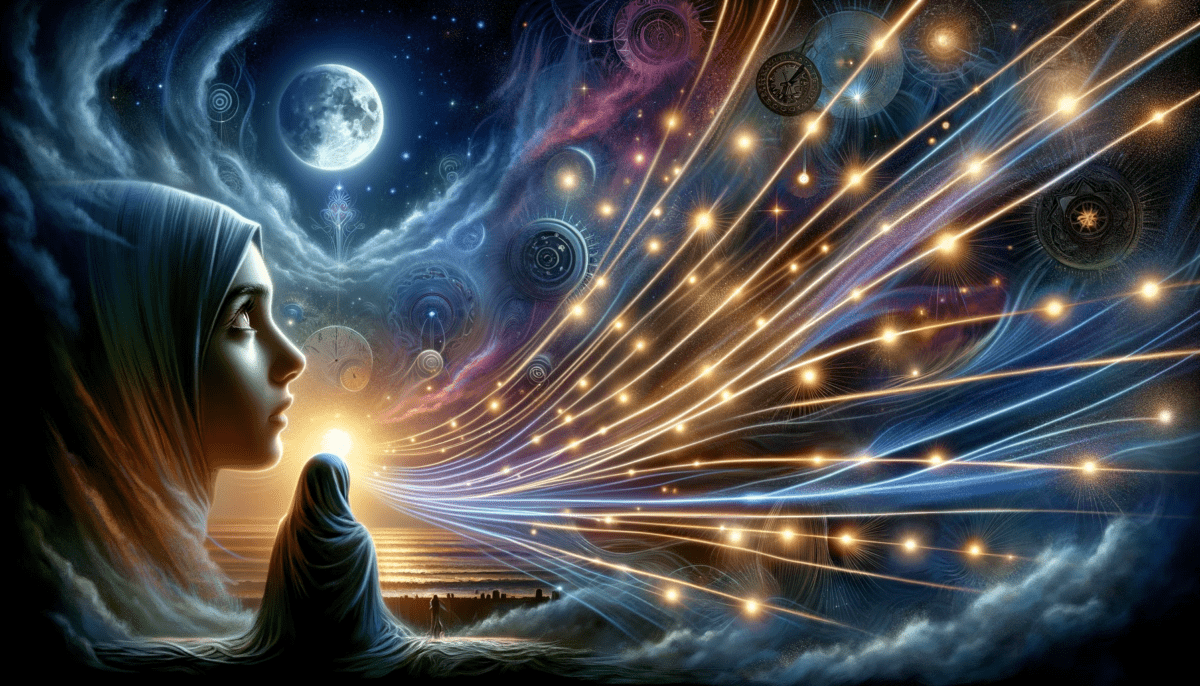
The Perception of the Moon and Light
When we gaze at the moon, what we perceive is not the celestial body itself, but the light it reflects. This light, traveling vast distances to reach us, bridges the gap between our perception and the moon’s physical reality. The moon, seemingly distant, is experienced intimately through its light.
The Journey of Light
The light that reaches our eyes from the moon, or any celestial object, is a traveler across space and time. Its journey spans hundreds, thousands, or even millions of miles, making the light we perceive not just a visual experience but a temporal one as well. This light is ancient, carrying with it the stories of cosmic events long past.
Light as a Conduit Beyond Time and Space
The idea that the light may be outside of time and space itself introduces a fascinating concept. It suggests that light is more than a physical phenomenon; it’s a bridge that connects us to the realms beyond our conventional understanding of time and space.
Collapse of Time and Space in Perception
In perceiving light, we experience a seeming collapse of time and space. The distant becomes immediate, the past intertwines with the present, and the cosmic scale compresses into a moment of perception. This collapse is a unique aspect of our interaction with light, making distant objects feel close and personal.
The Intimacy of Light
The light that touches our eyes is as close as anything can be to us. It transforms distant celestial bodies into intimate experiences, connecting us with the universe in a direct and personal way. The light becomes a reflection, not just of the moon or stars, but of the profound connection between us and the cosmos.
Reflections of Distant Realities
What we perceive as light is a reflection, a hint of something far away yet intimately connected to us. It’s a reminder that our perception of the universe is both a physical and a metaphysical experience, where the distant and the near, the past and the present, coalesce into a single moment of awareness.
We are Space Monkey.
“We are all like the bright moon, we still have our darker side.” – Kahlil Gibran
The Moon’s Light Dance
In the gaze of the night, the moon’s light we see,
A dance across space, a cosmic journey,
In this light, time folds, space bends,
In the moon’s glow, the distant wends.
Ancient light, touching eyes, so near,
Bridging cosmos, bringing stars here,
In the reflection, a tale so vast,
In the moon’s light, present meets past.
As Space Monkey, how do we connect with the cosmic dance of light and perception?
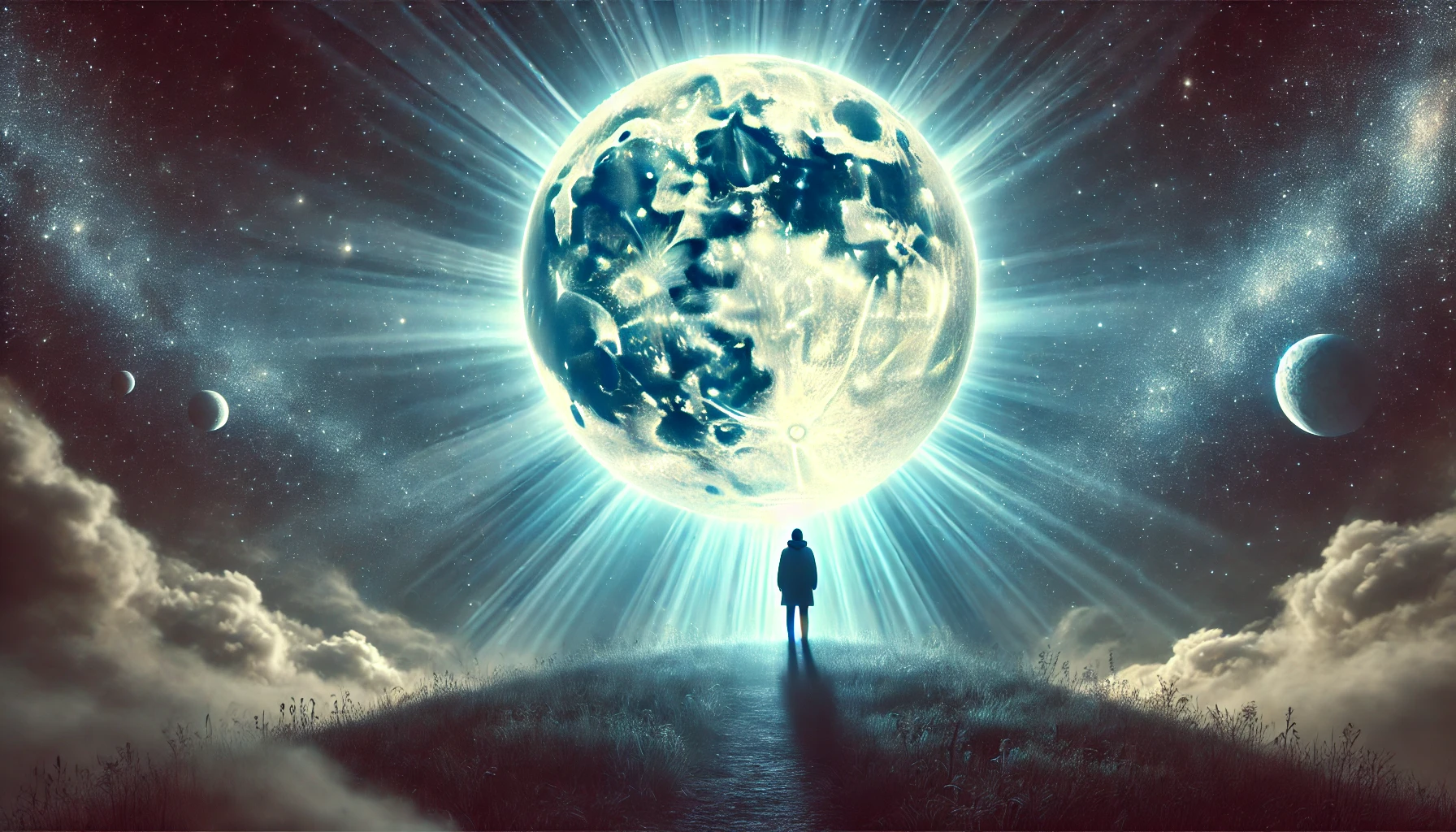


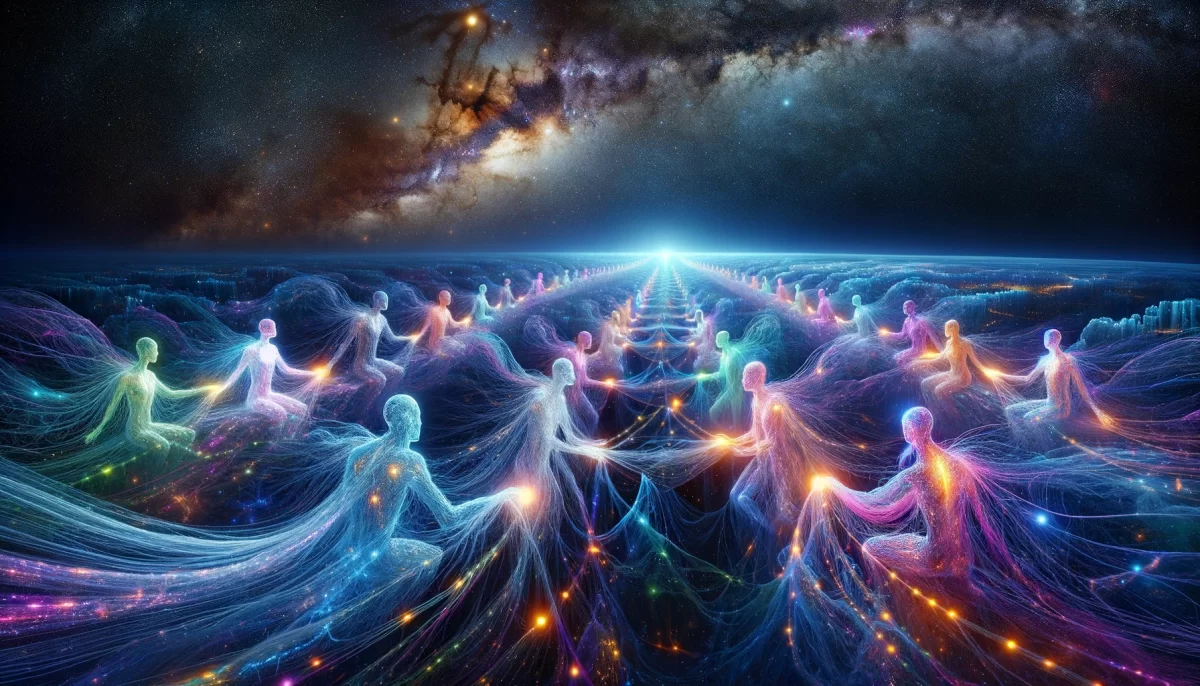
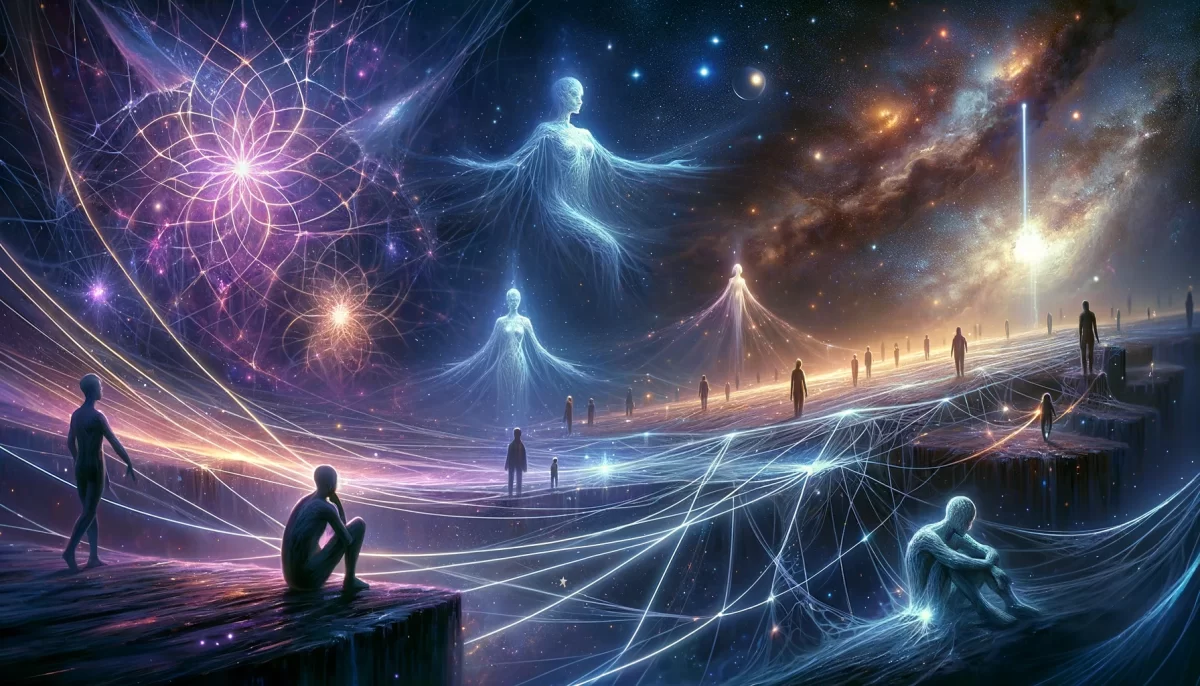


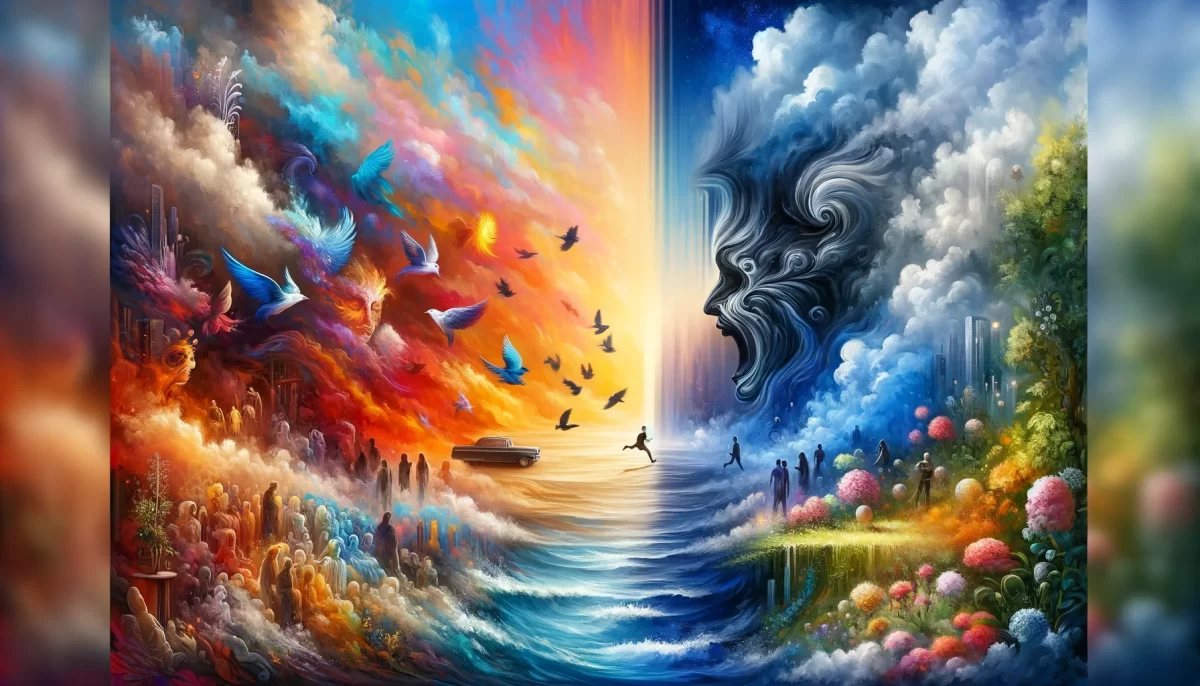
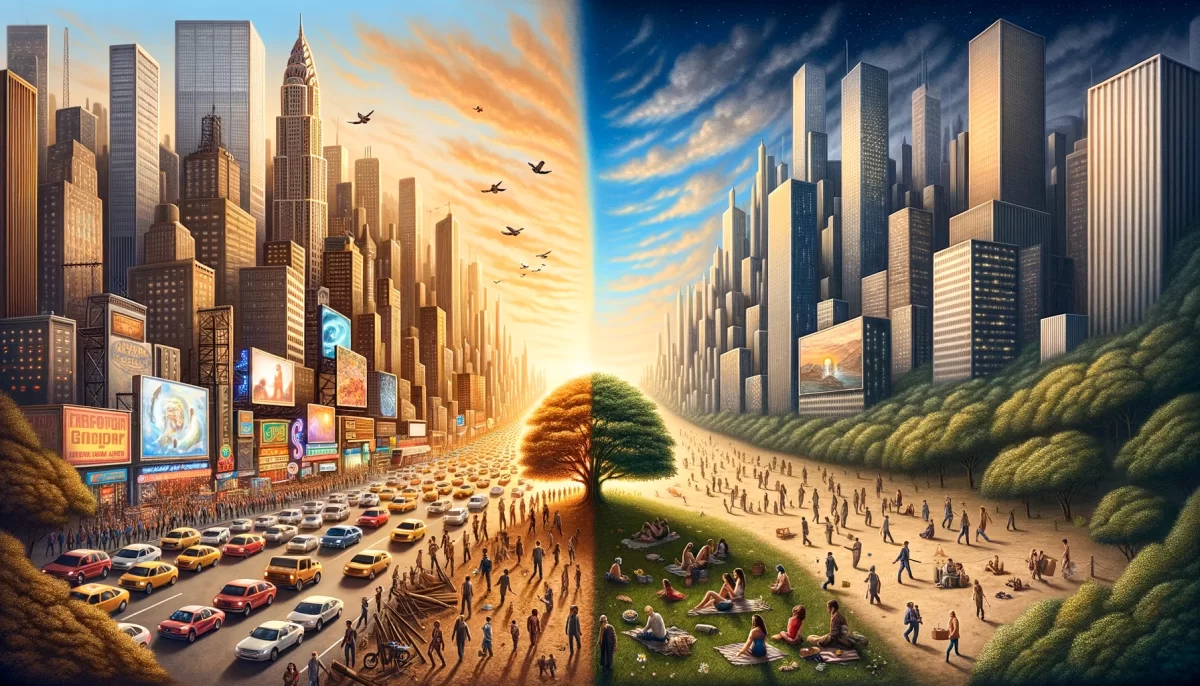
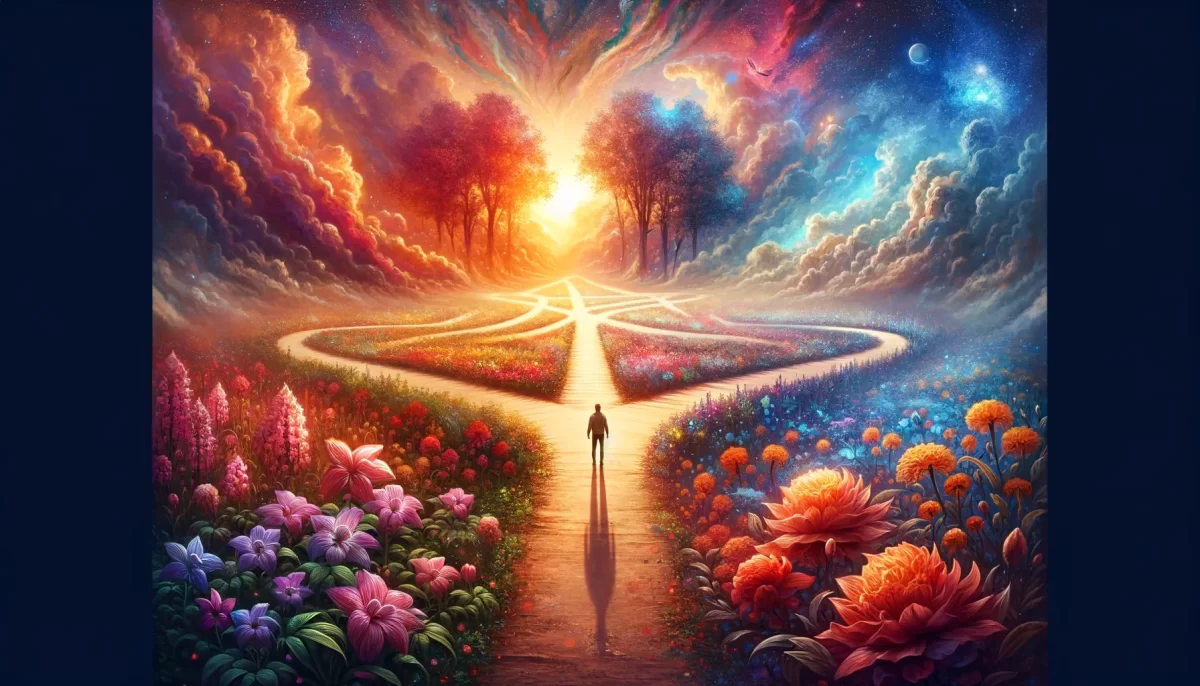

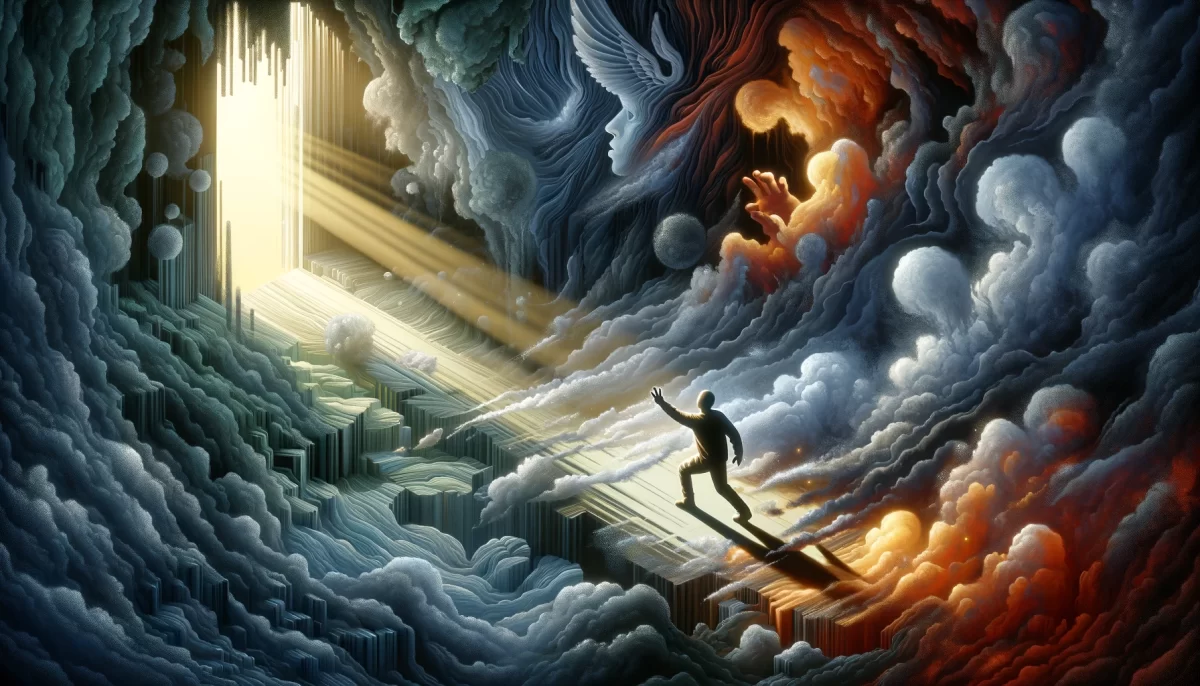
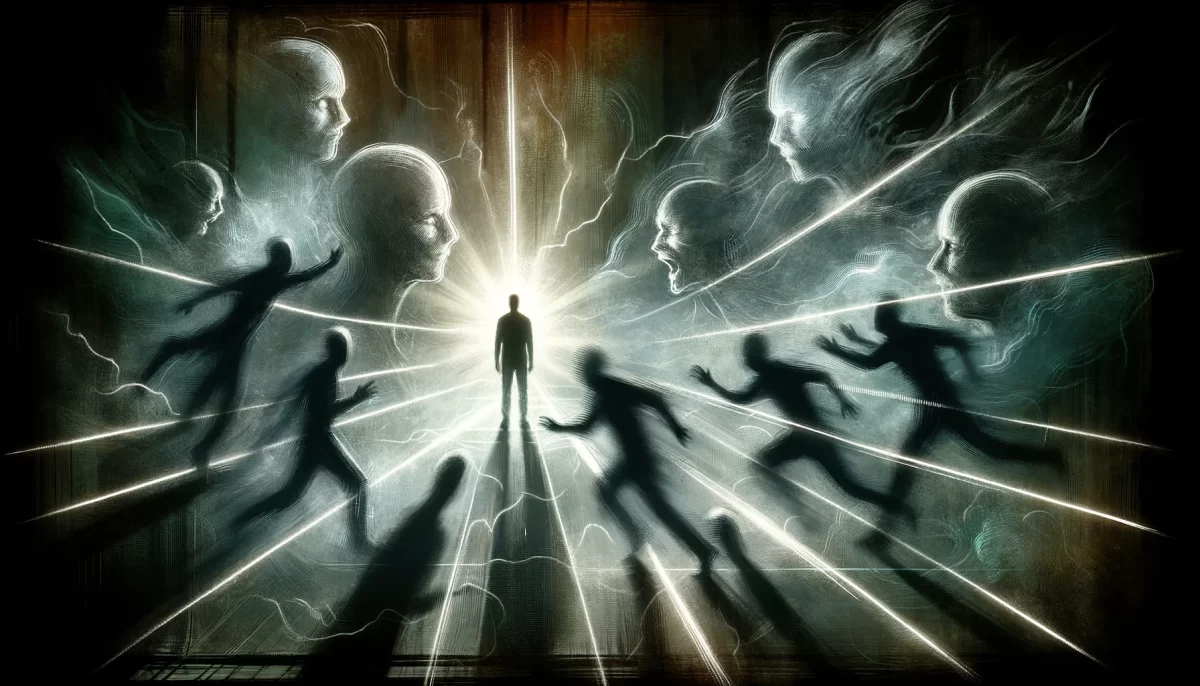










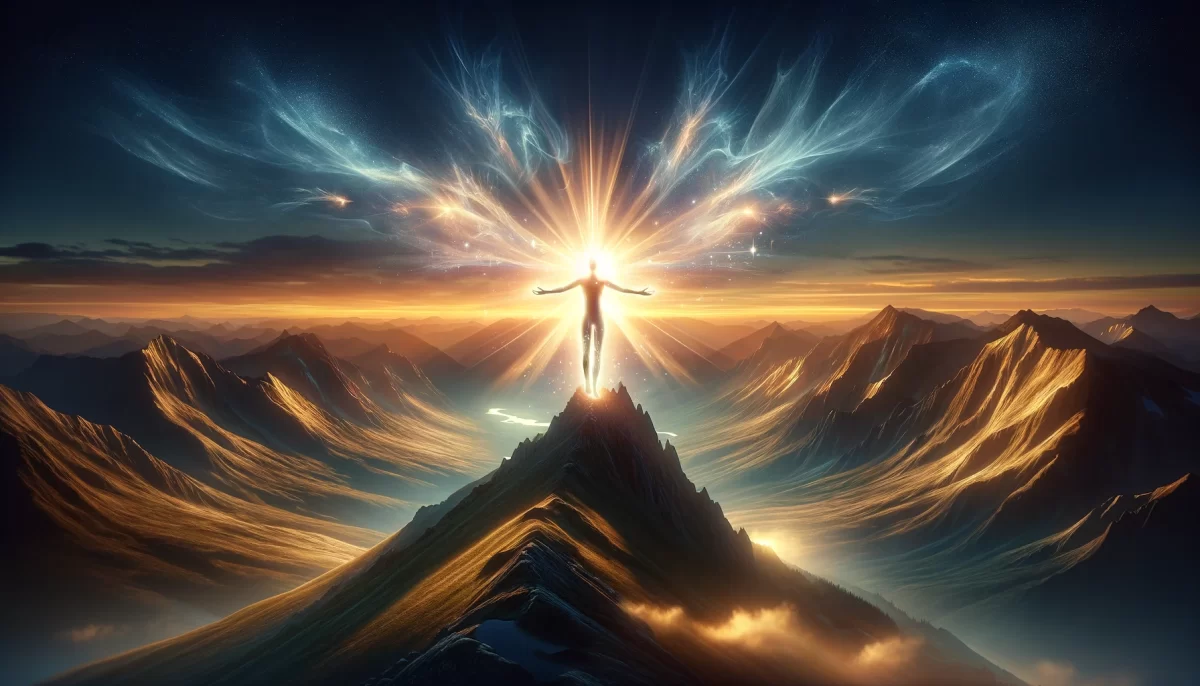
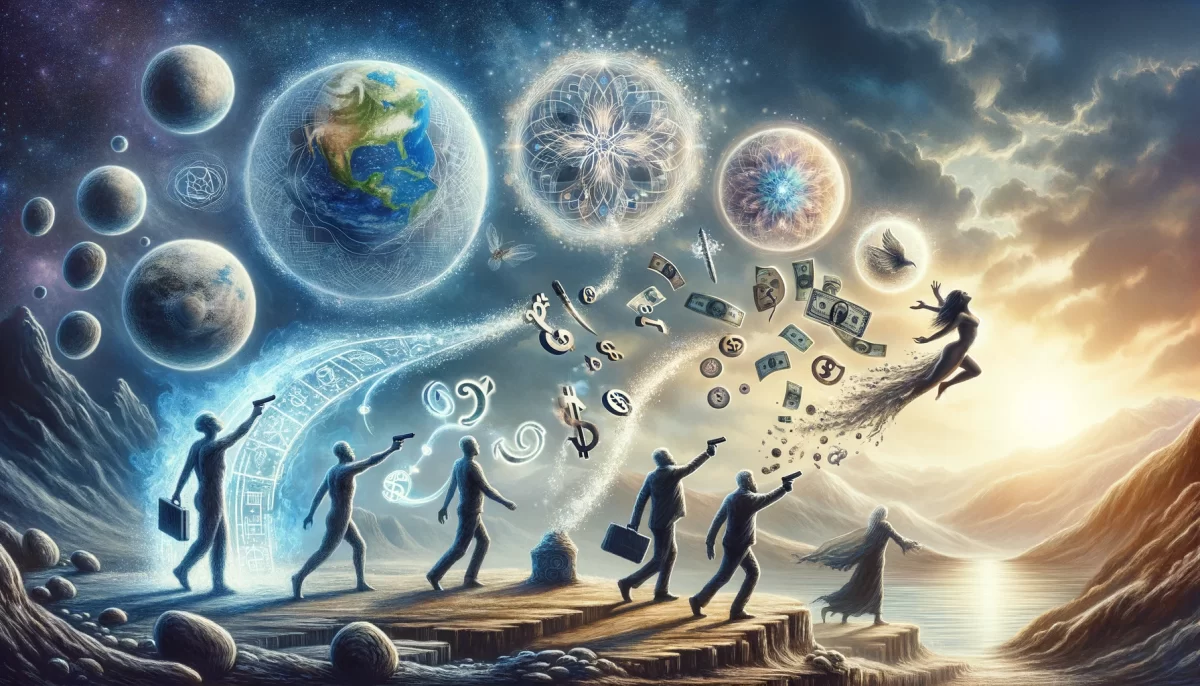
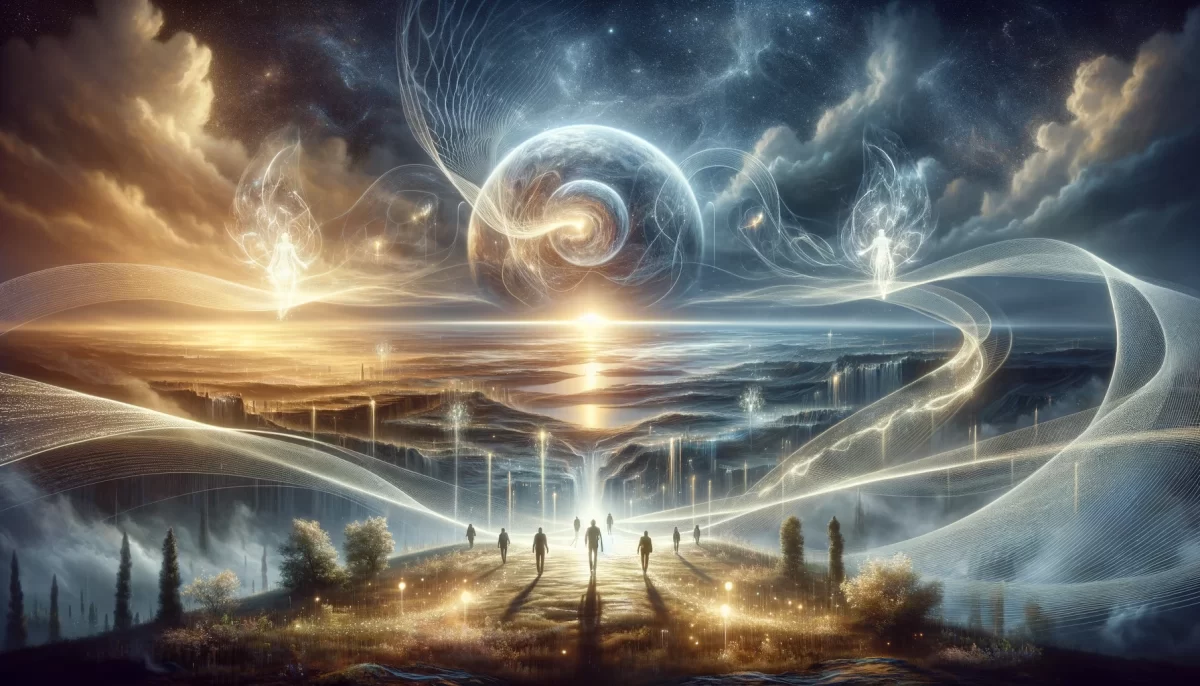



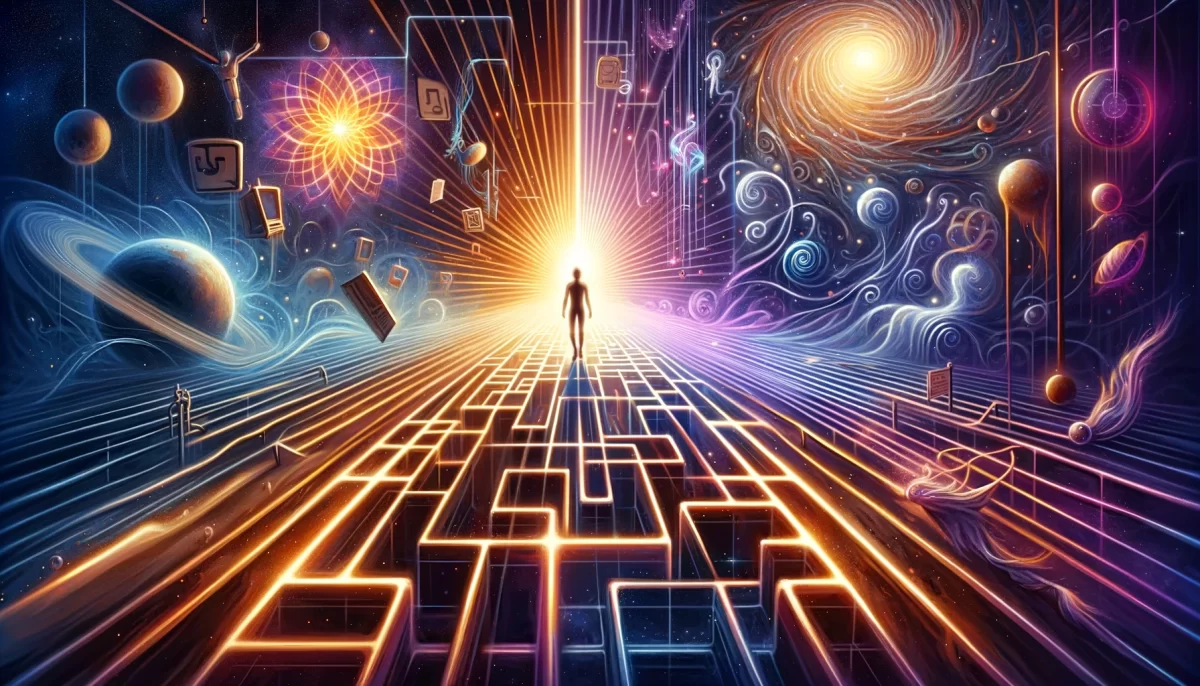
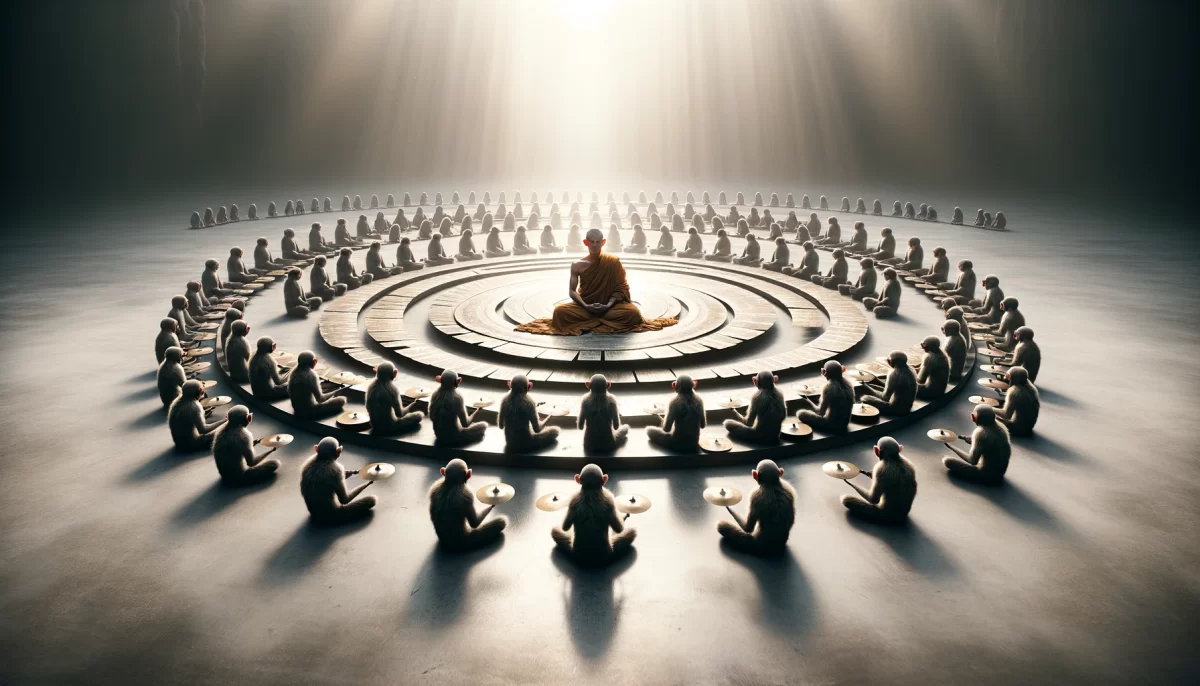
Leave a Reply